Duhat Tree
- October 2, 2024
- 0 comment
The Duhat tree (Syzygium cumini), commonly known as the Java Plum or Lomboy, is a native tropical tree that thrives in Southeast Asia and other warm regions. This resilient tree is known for its hardy nature and ability to grow in a variety of conditions, making it an important part of local ecosystems. Its glossy leaves, aromatic flowers, and vibrant purplish-black fruits are key features that make it recognizable in rural landscapes. Historically, the Duhat tree has been deeply woven into cultural traditions, where its fruit is enjoyed for its tart and slightly sweet flavor, often consumed fresh or in juices and jams.
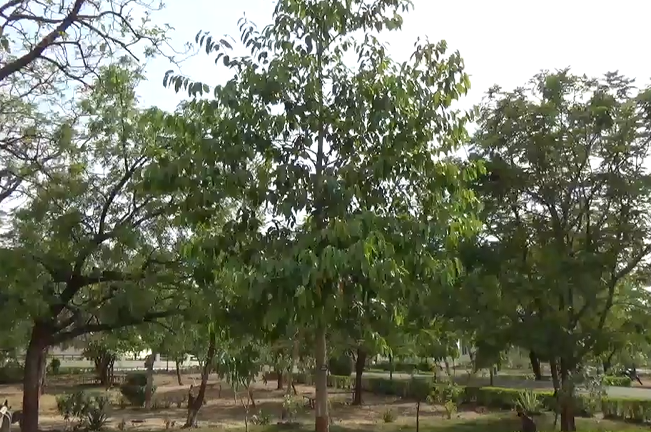
Aside from its culinary uses, the Duhat tree holds significant ecological and medicinal value. Its presence helps support biodiversity by providing habitat and food for birds, insects, and other wildlife. Additionally, its deep root system aids in soil conservation, preventing erosion and improving land fertility. The fruit, leaves, and bark have long been used in traditional medicine to treat ailments such as diabetes, digestive issues, and respiratory problems, thanks to their rich antioxidant and anti-inflammatory properties.
In recent years, the economic potential of the Duhat tree has gained attention, as its fruit is increasingly used in various commercial products like herbal supplements and cosmetics. As a versatile tree with numerous benefits, the Duhat plays a crucial role in both environmental sustainability and local livelihoods, making its conservation a priority for communities that depend on its resources.
| Specification | Details |
| Scientific Name | Syzygium cumini |
| Common Names | Java Plum, Jambolan, Duhat |
| Family | Myrtaceae |
| Native Regions | Southeast Asia, Indian Subcontinent |
| Tree Height | 10-30 meters |
| Leaf Shape | Elliptical, glossy, dark green |
| Flower Color | White or light green |
| Fruit Color | Purplish-black (when ripe) |
| Fruit Shape | Oval, about 1-2 cm in length |
| Fruit Taste | Tart, slightly sweet |
| Flowering Season | March to April |
| Fruiting Season | June to July |
| Preferred Climate | Tropical and subtropical |
| Soil Requirements | Well-drained, loamy soil |
| Root System | Deep and strong, aids in soil conservation |
| Propagation Methods | Seeds, cuttings, grafting |
| Uses | Culinary (fruit), medicinal, erosion control |
| Lifespan | Can live up to 100 years or more |
Botanical Characteristics of the Duhat Tree
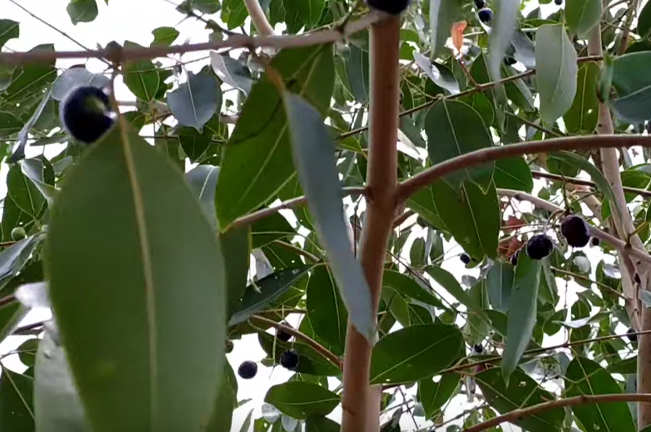
The Duhat tree is a medium-to-large evergreen that can reach heights of 10 to 30 meters. Its dense canopy is formed by glossy, elliptical leaves, which are dark green and leathery in texture. The tree blooms with small, fragrant flowers that are either white or light green, typically appearing between March and April. These flowers eventually give way to the tree’s signature fruit, a purplish-black, oval-shaped berry known for its tart yet slightly sweet flavor. Each fruit is about 1 to 2 centimeters long, with a large seed in the center.
In terms of growth, the Duhat tree thrives in tropical and subtropical climates, where it enjoys plenty of sunlight and well-drained, loamy soil. It is highly adaptable and can grow in a wide range of soil types, from sandy to clay-heavy, making it suitable for various environments. The Duhat tree has a long lifespan, often living over 100 years, and its fruiting cycle occurs between June and July, with the tree bearing fruit annually.
Ecological Benefits of the Duhat Tree
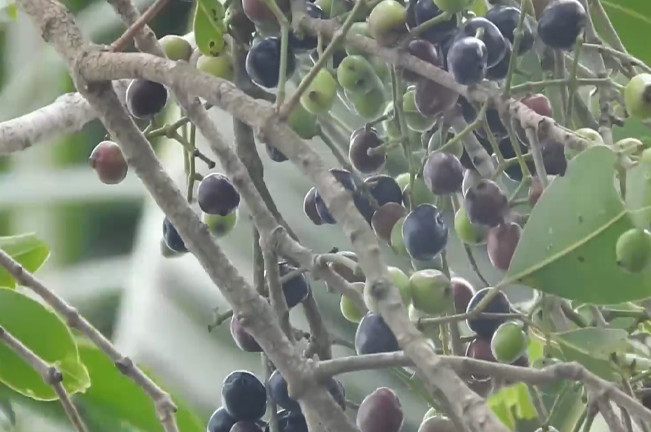
The Duhat tree plays a vital role in promoting biodiversity, as it provides food and shelter for numerous species of birds, insects, and small mammals. Its flowers attract pollinators, and its fruit is a rich food source for wildlife. This interaction enhances the biodiversity of the ecosystems where the tree grows, supporting the balance of local food chains.
In addition to fostering biodiversity, the Duhat tree contributes to soil health. Its deep root system stabilizes soil, preventing erosion, particularly in areas prone to heavy rainfall or wind. This makes the Duhat tree an excellent choice for reforestation and land rehabilitation projects. Furthermore, its ability to improve local microclimates by providing shade and moisture retention helps maintain the health of surrounding vegetation.
Nutritional and Medicinal Uses of Duhat Fruit

The fruit of the Duhat tree is not only delicious but also highly nutritious. Rich in vitamins A and C, calcium, iron, and antioxidants, the Java Plum offers numerous health benefits. The fruit is known for its ability to boost immunity, improve digestion, and promote healthy skin.
In traditional medicine, the Duhat tree has been used to treat various ailments. Its fruit, bark, and leaves are known to have anti-inflammatory and anti-diabetic properties. Duhat fruit is often used in natural remedies to manage blood sugar levels, while its bark is used to treat digestive issues and respiratory conditions. The antioxidant properties of the fruit make it particularly valuable in preventing oxidative stress and supporting overall health.
Economic Importance of the Duhat Tree
The Duhat tree holds significant economic potential, particularly in the food, herbal, and cosmetic industries. Its fruit can be eaten fresh or processed into a variety of products, including jams, jellies, juices, and even wine. In addition to its culinary uses, Duhat-based products are increasingly popular in herbal remedies and cosmetics due to their health-promoting properties.
For local communities, the Duhat tree provides numerous economic opportunities. Its products can be sold in local markets or exported, contributing to income generation in rural areas. Furthermore, the tree’s ability to thrive in diverse conditions makes it a valuable asset in sustainable farming and agroforestry, where it can be cultivated alongside other crops to improve soil health and productivity.
Cultivating and Propagating the Duhat Tree
Growing and maintaining a Duhat tree is relatively simple due to its hardy nature. The tree can be propagated using seeds, cuttings, or grafting, depending on the desired scale of cultivation. Seeds are the most common method of propagation, but for quicker results, grafting is often preferred in commercial farming.
When cultivating Duhat trees, it’s essential to provide adequate space for the roots to spread and ensure well-drained soil. The tree requires regular watering, especially during its early stages, but once established, it becomes quite drought-resistant. Pruning is necessary to maintain the tree’s shape and promote healthy growth. With proper care, a Duhat tree can produce a bountiful harvest for decades.
Challenges in Duhat Tree Conservation
Despite its numerous benefits, the Duhat tree faces several conservation challenges, particularly due to habitat loss and competition from invasive species. Urbanization and agricultural expansion have led to the destruction of many native Duhat habitats, reducing the population of this valuable tree. Invasive species also pose a threat by outcompeting the Duhat tree for resources.
Conservation efforts are needed to ensure the survival of the Duhat tree, and community involvement is key. Local communities play an essential role in preserving native trees like the Duhat by participating in reforestation projects and protecting existing trees. Additionally, raising awareness about the tree’s ecological and economic benefits can help foster a sense of responsibility toward its conservation.
Conclusion: Preserving the Legacy of the Duhat Tree
The Duhat tree is a vital part of tropical ecosystems and local cultures, offering a wide range of ecological, economic, and medicinal benefits. As a native species, it helps maintain biodiversity, supports soil health, and provides opportunities for sustainable agriculture and commerce. However, the continued loss of its habitat and the challenges posed by invasive species highlight the urgent need for conservation efforts.
To ensure the Duhat tree’s legacy endures for future generations, it is essential to promote sustainable practices and raise awareness about the importance of native trees. Through community-led initiatives and responsible cultivation, the Duhat tree can continue to thrive, benefiting both the environment and the people who rely on its many gifts.
Different Species
Syzygium aqueum
Commonly known as the Water Apple or Watery Rose Apple, this species produces bell-shaped fruits that are crunchy and slightly sweet. It is often cultivated in Southeast Asia and is a popular garden fruit tree.
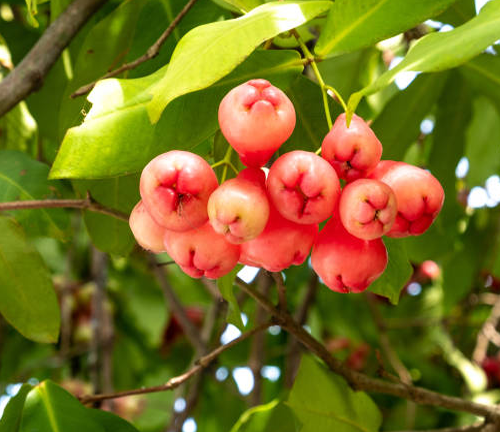
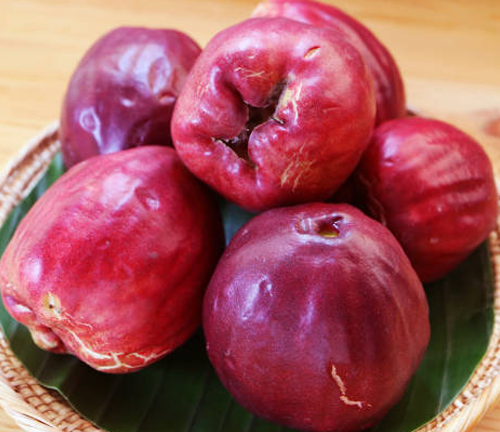
Syzygium malaccense
Known as the Malay Apple, this species bears large, bell-shaped fruit with a rosy-red skin and juicy, sweet flesh. It is often found in tropical areas like Southeast Asia, the Pacific Islands, and Central America.
Syzygium samarangense
Referred to as the Wax Apple or Java Apple, this species has a distinctive bell-shaped fruit that can be white, green, or red, with a mild sweet taste. It thrives in tropical climates and is widely grown in Southeast Asia.
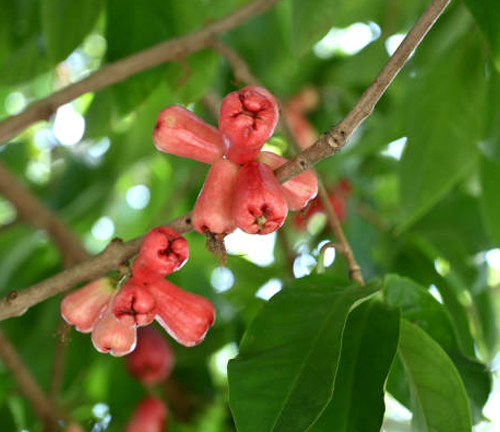
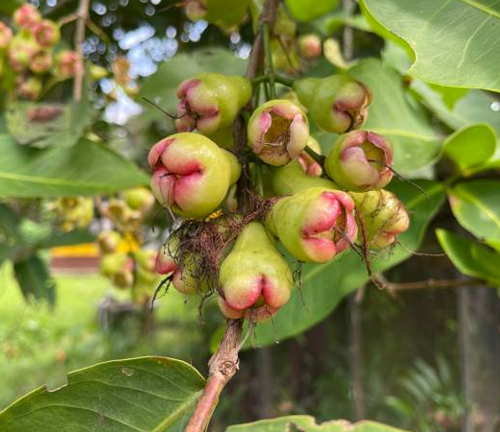
Syzygium jambos
Known as the Rose Apple, this species is distinguished by its fragrant fruit that has a rose-like aroma. The fruit is usually pale yellow or green and is popular in tropical regions for its unique taste and scent.
Syzygium zeylanicum
Also called the Ceylon Syzygium, this species is native to Sri Lanka and southern India. It is a smaller tree, often grown for ornamental purposes due to its attractive foliage and edible fruit.

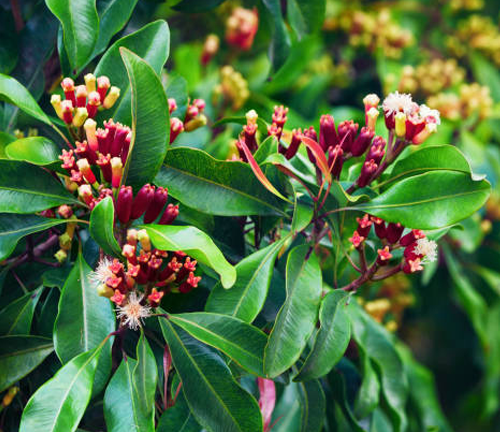
Syzygium aromaticum
Commonly known as the Clove Tree, this species is widely cultivated for its aromatic flower buds, which are dried and used as a spice (cloves). It is native to the Maluku Islands (Spice Islands) in Indonesia.
Frequently Asked Questions (FAQs)
1. What is the Duhat tree?
The Duhat tree, also known as the Java Plum, is a tropical evergreen tree native to Southeast Asia. It is known for its edible purplish-black fruit, glossy leaves, and cultural significance in many tropical regions.
2. Where is the Duhat tree commonly found?
The Duhat tree thrives in tropical and subtropical regions, particularly in Southeast Asia, India, and some parts of the Pacific Islands. It can also be found in parts of Australia and Africa.
3. What are the botanical characteristics of the Duhat tree?
The Duhat tree can grow up to 10-30 meters tall. It has glossy, elliptical leaves, small white or light green flowers, and purplish-black oval-shaped fruits. The tree flowers between March and April and bears fruit between June and July.
4. What are the ecological benefits of the Duhat tree?
The Duhat tree contributes to biodiversity by providing food and habitat for various wildlife, including birds and insects. Its deep root system helps prevent soil erosion, and it contributes to improving microclimates by providing shade and moisture retention.
5. What are the nutritional benefits of Duhat fruit?
Duhat fruit is rich in antioxidants, vitamins A and C, calcium, and iron. It supports immune health, aids digestion, and can promote skin health due to its antioxidant properties.
6. How is the Duhat tree used in traditional medicine?
In traditional medicine, the fruit, leaves, and bark of the Duhat tree are used to treat a variety of ailments, including digestive issues, respiratory conditions, and diabetes. The tree’s bark is known for its anti-inflammatory and anti-diabetic properties.
7. What are the economic uses of the Duhat tree?
The Duhat tree has commercial potential due to its fruit, which can be used in food products like jams, juices, and jellies. The tree’s parts are also used in herbal remedies and cosmetic products, providing economic opportunities for local communities.
8. How can you cultivate and propagate the Duhat tree?
The Duhat tree can be propagated by seeds, cuttings, or grafting. It thrives in well-drained, loamy soil and requires plenty of sunlight. Regular watering is necessary during its early growth stages, but once established, it becomes drought-resistant.
9. What are the conservation challenges facing the Duhat tree?
The Duhat tree faces conservation challenges due to habitat loss, urbanization, and competition from invasive species. Conservation efforts are needed to protect this native species and ensure its continued ecological and economic contributions.
10. How long does the Duhat tree live?
The Duhat tree can live for over 100 years when properly cared for, making it a long-living species that continues to provide benefits for generations.
11. Is Duhat fruit safe for consumption?
Yes, the fruit of the Duhat tree is safe to eat and is widely consumed in many regions. However, as with all fruits, moderation is recommended, especially for those with sensitivities or health conditions like diabetes, where the sugar content should be considered.
12. How does the Duhat tree benefit local ecosystems?
The Duhat tree supports local ecosystems by enhancing biodiversity, providing food and shelter to wildlife, preventing soil erosion, and improving soil health. It also helps maintain the ecological balance in the areas where it grows.
13. What are the uses of Duhat fruit in modern products?
In addition to being consumed fresh, Duhat fruit is used in products such as juices, jams, and jellies. It is also incorporated into herbal supplements and cosmetic products due to its antioxidant and anti-inflammatory properties.
14. Can Duhat trees be grown in home gardens?
Yes, Duhat trees can be grown in home gardens, provided there is enough space for their root system and canopy. They require a warm climate, well-drained soil, and regular care during their early growth stages.
15. What are the environmental benefits of growing Duhat trees?
Duhat trees help reduce soil erosion, improve soil fertility, provide shade, and contribute to the overall health of local ecosystems. Their presence helps in combating land degradation, especially in tropical and subtropical regions.


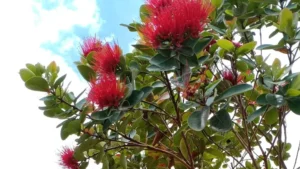
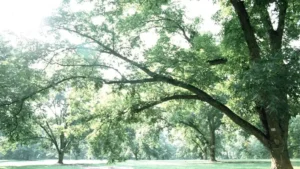

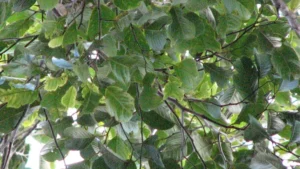

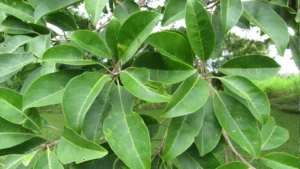
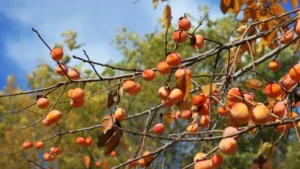
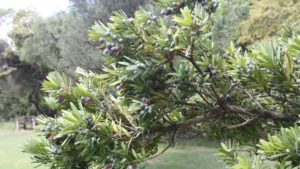
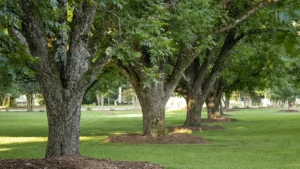
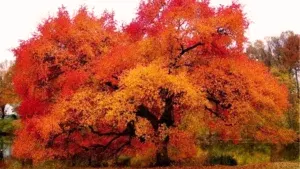


Leave your comment